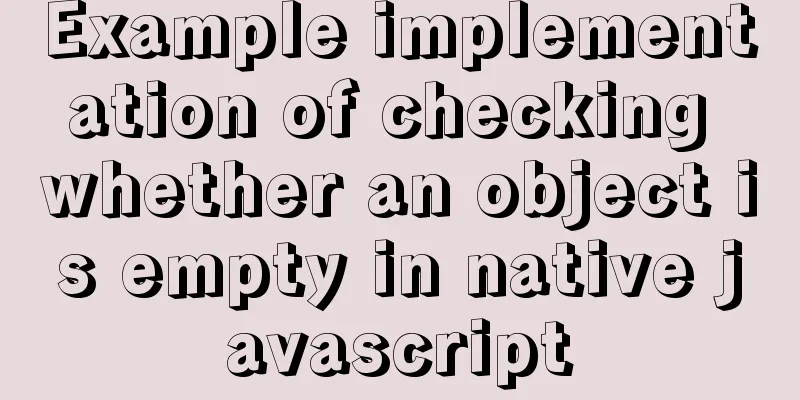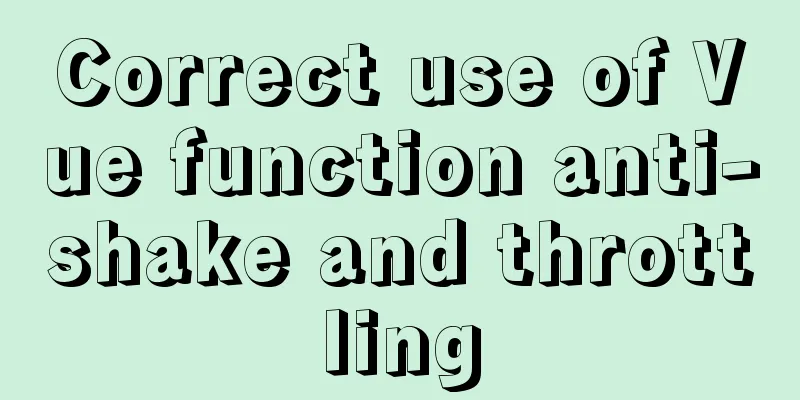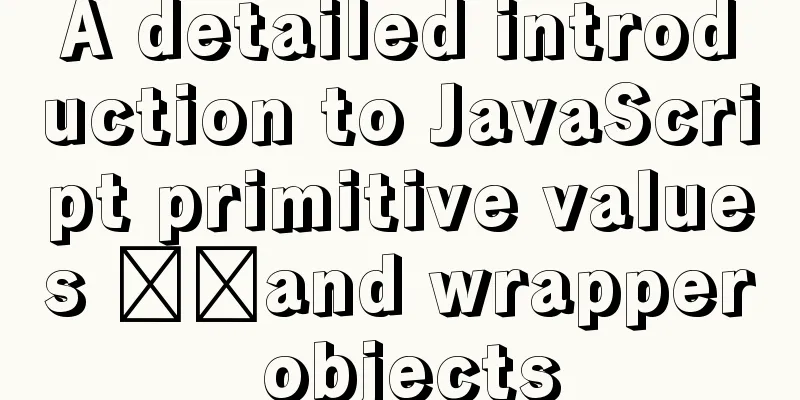Example code for implementing page floating box based on JS

|
When the scroll bar is pulled down, the floating box remains in the same position, mainly due to When you scroll down to a certain extent and get close to the footer, I use js to control the div to disappear, and it will appear again when you scroll up.
<!DOCTYPE html>
<html>
<head>
<title></title>
<style type="text/css">
.div1 {
height:2000px;
}
.div2 {
width:100%;
height:35px;
background-color:#3399FF;
margin-top:100px;
}
.div2_1{
position:fixed;
width:100%;
height:35px;
z-index:999;
background-color:#3399FF;
top:0px;
_position:absolute;
_bottom:auto;
_top:expression(eval(document.documentElement.scrollTop));
}
.div2_2
{
display:none;
}
</style>
<script type="text/javascript">
window.onscroll=function(){
var t=document.documentElement.scrollTop||document.body.scrollTop;
var div2 = document.getElementById("div2");
if(t>= 100){
div2.className = "div2_1";
}else{
div2.className = "div2";
}
}
</script>
</head>
<body>
<div class="div1">
<div id="div2" class="div2"></div>
</div>
</body>
</html>Supplement: JavaScript to implement the floating box on the right HTML code: <body> <div id="div1"> </div> </body> CSS code:
#div1{
height:150px;
width:100px;
background:red;
position:absolute;
right:0px;
bottom:0px;
}
body{
height:2000px;
}JavaScript code
//When the form scrolls window.onscroll=function (){
var obj = document.getElementById("div1");
// Considering the browser compatibility (the height of the scroll)
var scrollTop=document.documentElement.scrollTop || document.body.scrollTop;
//The height of the browser's visible area + the object's own height + the curled height // obj.style.top = document.documentElement.clientHeight-obj.offsetHeight+scrollTop+'px';
//var targetLen=document.documentElement.clientHeight-obj.offsetHeight+scrollTop;
//move(targetLen);
//In this way, we have completed the basic character. //Method 2: The result is that he will shake. //var targetLen=(document.documentElement.clientHeight)/2-obj.offsetHeight+scrollTop;
//move(targetLen);
var targetLen = parseInt((document.documentElement.clientHeight)/2-obj.offsetHeight+scrollTop);
move(targetLen);
//This way our basic functions are realized.}
//Here we add a buffer movement, so that it is convenient for us to do these things var Timer = null;
function move(iTarget){
clearInterval(Timer); //Clear first var obj=document.getElementById("div1");
Timer=setInterval(function (){ //The distance from the object above var speed=(iTarget-obj.offsetTop)/4;
speed=speed>0?Math.ceil(speed):Math.floor(speed);
//Get our speed first if(obj.offsetTop==iTarget){
clearInterval(timer); //After reaching the destination, we clear the element}else{
obj.style.top=obj.offsetTop+speed+'px';
}
},30)
//Let's do our buffering exercise}This concludes this article about the example code for implementing a page floating box based on JS. For more relevant js page floating box content, please search for previous articles on 123WORDPRESS.COM or continue to browse the following related articles. I hope you will support 123WORDPRESS.COM in the future! You may also be interested in:
|
<<: How to use CURRENT_TIMESTAMP in MySQL
>>: Node+Express test server performance
Recommend
MySQL 5.7.17 compressed package installation and configuration method graphic tutorial
There are few and inadequate installation tutoria...
Implementation of the login page of Vue actual combat record
Table of contents 1. Preliminary preparation 1.1 ...
MySQL query optimization using custom variables
Table of contents Optimizing sorting queries Avoi...
ReactRouter implementation
ReactRouter implementation ReactRouter is the cor...
Pure CSS to achieve cool neon light effect (with demo)
I have recently been following the CSS Animation ...
Vue component to realize carousel animation
This article example shares the specific code of ...
Linux kernel device driver kernel debugging technical notes collation
/****************** * Kernel debugging technology...
Detailed explanation of the basic usage of the Linux debugger GDB
Table of contents 1. Overview 2. gdb debugging 2....
Optimization methods when Mysql occupies too high CPU (must read)
When Mysql occupies too much CPU, where should we...
Detailed explanation of the mysql database LIKE operator in python
The LIKE operator is used in the WHERE clause to ...
Use of MySQL official export tool mysqlpump
Table of contents Introduction Instructions Actua...
JS achieves five-star praise case
This article shares the specific code of JS to ac...
Detailed explanation of scheduled tasks and delayed tasks under Linux
at at + time at 17:23 at> touch /mnt/file{1..9...
Example of implementing a seamless infinite loop of background using CSS animation
1. Demand A picture moves from left to right in a...
Practical solution for Prometheus container deployment
environment Hostname IP address Serve Prometheus ...









